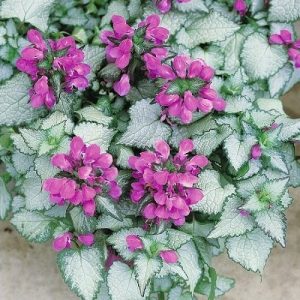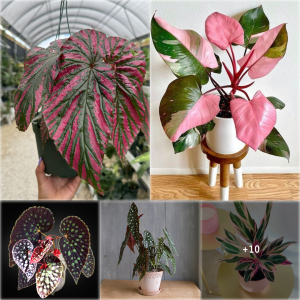Snake plants (Sansevieria) are easy-care pot plants that withstand drought and only require minimal watering.
How often you need to water sansevierias depends on the temperature, the amount of sunlight and the type of soil.
In this article, I share my tips for watering snake plants to keep your plants healthy and happy for years to come.
This post contains affiliate links. Please read disclosure for more information.
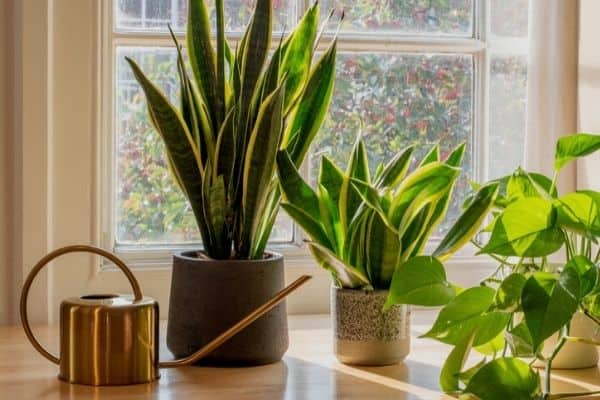
How to Water Snake Plants
The best way to water snake plants is to give them a deep watering by thoroughly soaking the soil.
Use filtered or rainwater if you can and let the top layer of soil dry out before watering again.
Avoid wetting the leaves and try not to let the water collect in the center of the leaves as this can cause the plant to rot.
When planting or replanting snake plants, make sure the container has plenty of drainage holes in the bottom and use a potting soil that drains easily to avoid waterlogging the soil.
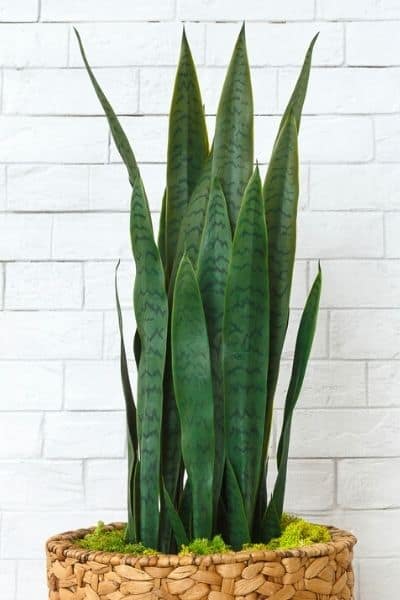
How often to water snake plants
Snake plants should be watered every two to four weeks during warm weather and less frequently during the colder months.
Before watering your sansevieria, check the soil with your finger to make sure the top layer of soil is dry.
Press your finger about an inch (2.5 cm) into the soil and if it feels dry, it’s time to water.
If the soil is still moist, leave it for another week before watering.
You can also use a soil moisture meter to tell when the soil has dried out enough to water again.
Overwatering
Snake plants are used to growing in dry conditions, so they do not do well in waterlogged soil.
Constant overwatering causes the plants to rot. [1]
If the leaves start to fall, it is a sign that you are watering them too much.
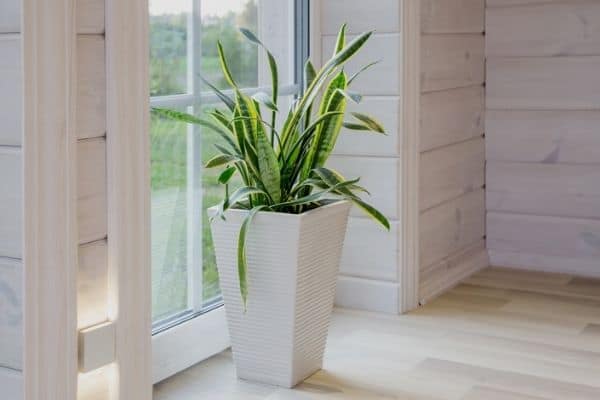
How long can snake plants live without water?
Sansevierias, like other succulents, can store water in their leaves, roots and rhizomes, meaning they can survive without frequent watering.
Snake plants can last about two to three weeks without water during the summer and about six to eight weeks during cool weather.
If you are going on a long vacation, be sure to give your snake plants a deep watering before you leave.
Can snake plants be watered with tap water?
Ideally, it is best to use filtered water or rainwater for snake plants and other houseplants as they are sensitive to chlorine added to tap water.
If you only have access to tap water, leave it overnight to allow the chemicals to dissipate.
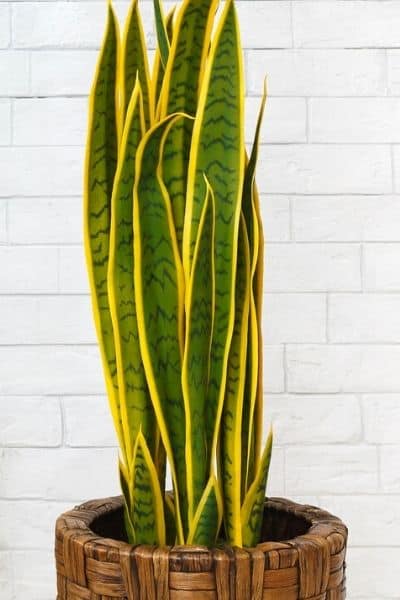
Can snake plants be misted?
Snake plant leaves should be kept dry at all times so misting is not recommended for these plants.
Why does it take a long time to absorb the water?
If the water sits on top of the soil and takes a long time to soak in, your plant is probably pot bound.
It is difficult for the water to get through when the roots are tightly packed in the pot.
Sansevierias don’t mind being somewhat pot bound, but they should be replanted every three to five years.
Can snake plants be bottom watered?
Snake plants can be watered from the bottom every few weeks to give them a deep watering.
You can bottom water your snake plants by placing them in a shallow container or tub filled with about an inch (2.5 cm) of water.
Bottom watering makes the soil completely saturated and encourages the roots to grow towards the bottom of the pot.
Always check that the soil has dried out before you bottom-water the sansevieria.
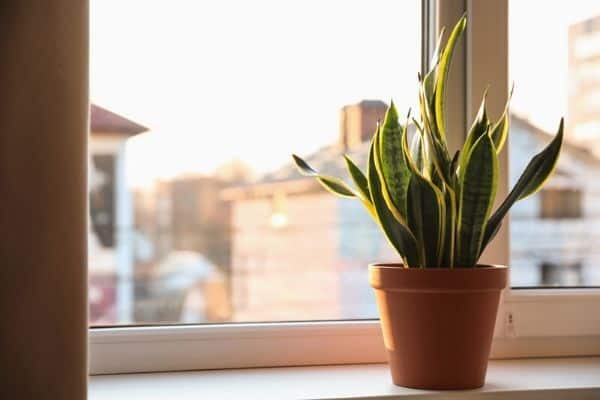
So those are my tips for watering snake plants.
Snake plants are wonderful low maintenance houseplants and with the right watering schedule you can ensure your plants stay healthy and thriving for years to come.


